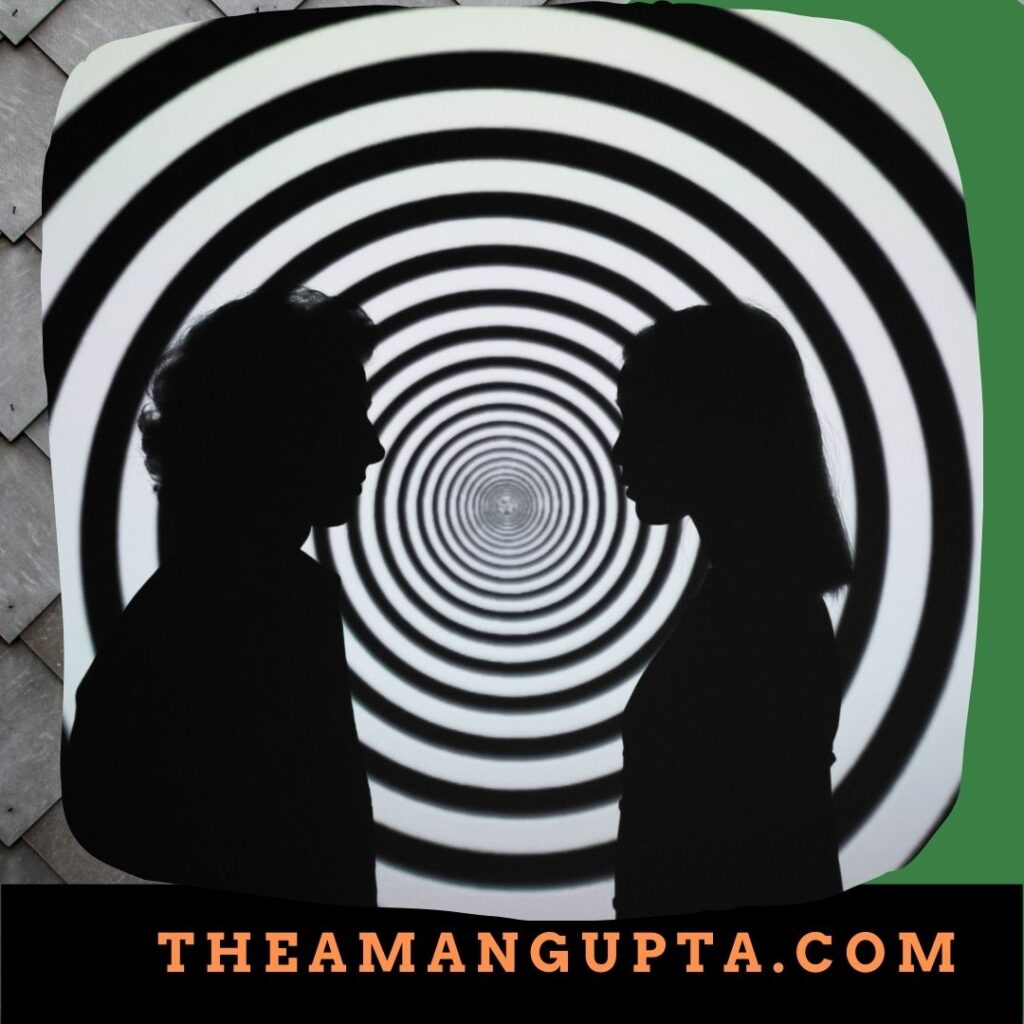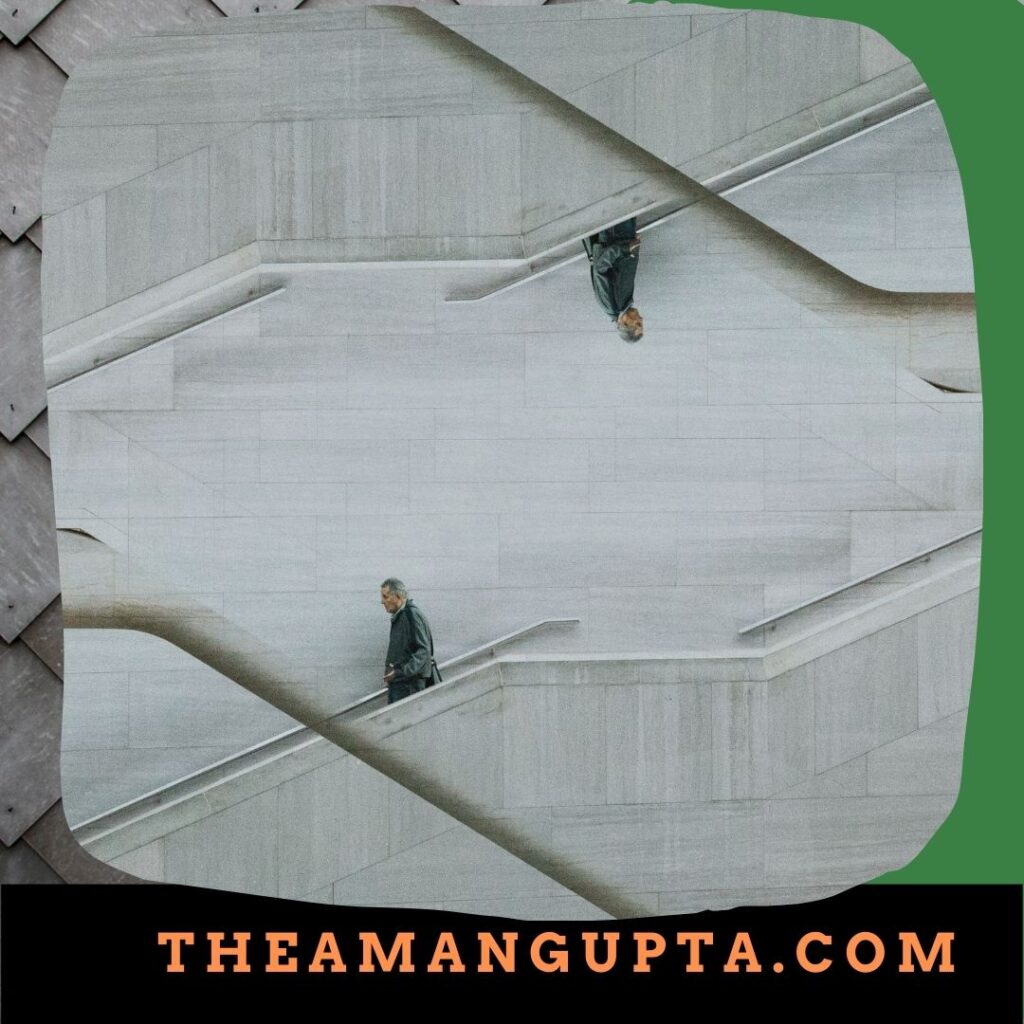Hello Readers. Understanding Optical Illusion is a deceptive visual experience. Optical Illusion is when our eyes see an image and the brain comprehends it in a way different from reality. For creating optical Illusions, we use some colour, light and patterns to create images which deceive your eyes and mislead your mind. Nowadays, the optical illusion has become a means of entertainment for all. We see many people creating optical illusions to entertain people.

You must have read about mirages. Mirage is a very commonly known optical illusion. Mirages occur when people see an island in the middle of the ocean, or an ocean on the horizon of a desert. This happens due to the phenomenon of refraction. The air near the desert sand is hotter and lighter also, and much lighter than the air above it. The light rays bend when moving from a high-density medium to a less dense medium. The density of the two mediums is different, which changes the speed of light, thus creating a visual illusion called a mirage. Another example of optical illusion is a coin in a water bath which appears to be in a shallower position due to the bending of light.
How does it work?
The optical illusion occurs due to the wrong judgement of our brain. Sometimes our brain tries to visualise an image simply but it gets a bit mixed up. Some optical illusion works on the principle of science. Some are just an error of vision. According to neuroscience, when we see an image, our brains unconsciously bend our perception of reality to meet our desires or expectations. Let’s move to next topic for Understanding Optical Illusion.
Types of optical illusion
There are three major types of optical illusions.
- Cognitive illusion
- Literal illusion
- Physiological illusion
Cognitive illusions
Many times we make unexpected decisions. These illusions occur when our mind decides unknowingly. These are the result of unconscious inferences in the mind. It not only harms our decision-making ability but also our social relationships by making the wrong judgement. Fiction is a type of cognitive illusion.
Literal illusions
Sometimes we see an image and later on find that it is different from what we have imagined. These are called literal illusions where the true meaning of the picture is different from the conclusion that our mind makes for that picture. Literal illusions occur when our eyes see an image and our mind comprehends the image which is different from reality. For example, sometimes we see the face of a man in the clouds. This is the second type of optical illusion in Understanding Optical Illusion.
Physiological illusions
You might have heard about the magic show, the magician’s audience focuses on an image and that image is just several circles. Such images create physiological illusions. For creating physiological illusions, create an image using brightness at some part of it, tilt it or make rounds and circles.

You can see the image above for the experience of physiological illusion!
Also Read: How To Create Cyber Security At Your Place
Besides the above major types of optical illusion, there are some classes of optical illusion. These includes:
Grid Illusions
First discovered by Ludimar Hermann in 1970, also called a Hermann grid. This illusion occurs when one sees an image with crisscross patterns of contrasting colours. In these images, grids appear and disappear rapidly.
- Afterimages
Created using a contrast of brightness, colours and shapes, etc. These illusions come into the category of physiological illusions. If you look at the image for a minute and then ask to look somewhere else then you can feel the negative of the image everywhere.
- The Necker Cube Illusion
The Necker cube is an example of a cognitive illusion. The best example is a cube. When you try to focus on how the cube is placed in one way and then shift your focus to another interpretation you feel the necker cube illusion.
- Café Wall Illusion
When parallel horizontal lines are divided into staggering vertical lines they create a cafe wall Illusion. Such images can also be viewed as bricks of black and white that are staggered on each horizontal line. Contrasting colours are used to create illusion images.
- Fictions
Fictions are cognitive illusions. It is a very common type of illusion. It occurs when we try to see what didn’t exist. For example, we see faces in clouds or any object. We always try to see a face on the moon when we are lying on the terrace.
Conclusion
Our mind is weird. It tries to show us what is out of the real world. Optical illusions are just a result of deceptive eyes and our brain’s wrong interpretations. But, really it is amusing to see the images creating optical illusions. Isn’t it?